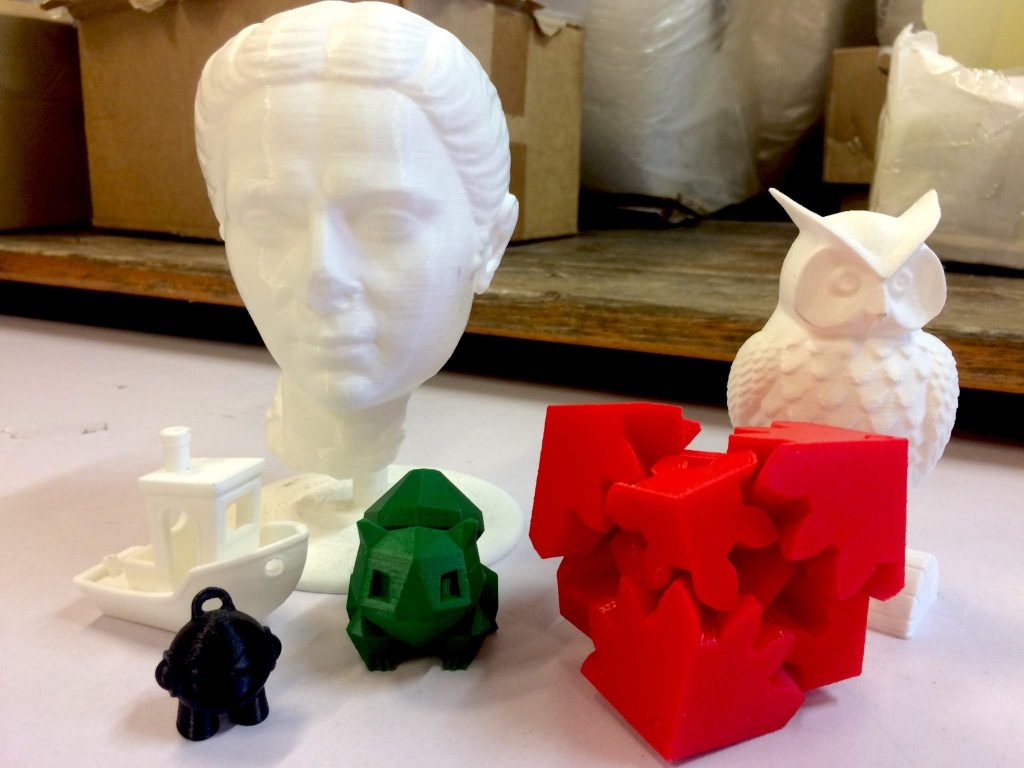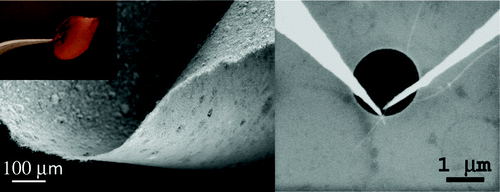University of New Orleans assistant professor Damon Smith has been awarded a grant for research to expand the range of materials available for 3D printers. Smith and his team at the department of mechanical engineering will focus on improving the properties of materials used in FDM/FFF 3D printers. The new materials will be designed to open up the potential of 3D printed products industry-wide.

To improve the mechanical and optical qualities of ABS and PLA
Smith’s research expertise is in improving the performance of existing polymers through the addition of microscopic nanowires. Invisible to the naked-eye, these wires can be made of electrically conductive, semiconductive or biological materials.
With the Louisiana Board of Regents grant, Smith will explore ways to add such nanoparticles to materials like PLA and ABS, improving their mechanical and optical properties. As a potential example of particles to be used in the research, Smith’s publication history includes a variety of applications for nanowires made of germanium – an element in the carbon group – with strengthening and conductive properties.

Smith has also co-developed and patented a flexible semi-conductior fabric made with the addition of these wires.
Significant medical potential
Damon Smith’s research will be conducted at the University of New Orleans’ Advanced Materials Research Institute (AMRI) supplied with over $9.5 million of specialist equipment.
With the low relative cost of FDM/FFF, a body of research is looking into improving its performance particularly for medical applications. At CWRU, researchers have added graphene oxide to a PLA/TPU material to improve its mechanical strength. And, in order to retain PLA’s degradable properties when used in the body, Professor Alan Lau’s team at Swinburne is experimenting with adding silk to filament.
For the latest 3D printing news and research sign up to our free newsletter, like us on Facebook and follow us on Twitter.
Featured image: Associate professor Damon Smith from the University of New Orleans. Photo via uno.edu


